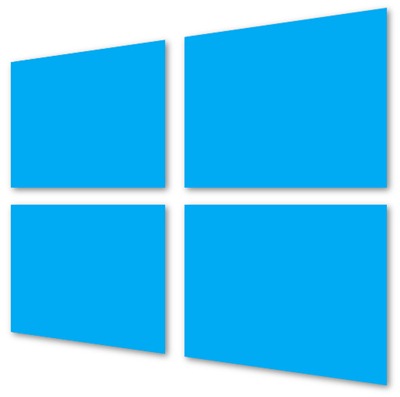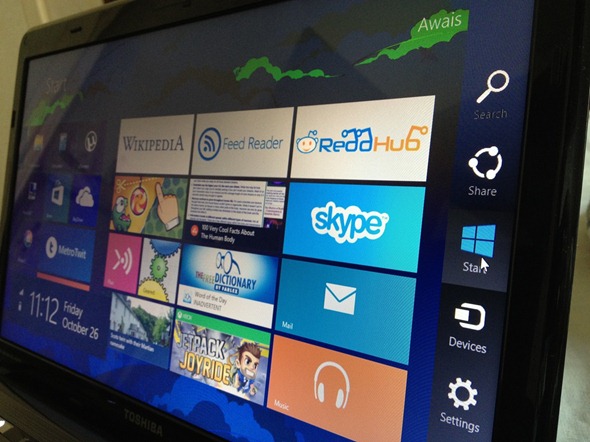Microsoft confirmed today at the 11th annual J.P Morgan Tech Forum at CES that the company had sold 60 million copies of Windows 8 so far, including both OEM sales and upgrades on existing machines, putting it on a similar trajectory as Windows 7 three years ago. Undoubtedly, after all of the criticism, the new operating system is off to a good start since its launch this past October.
Around Microsoft, it has been said that the latest version of Windows is the riskiest in the company’s history given the bet that it places on the replacement of traditional PCs with lighter form factors, often relying on multi-touch screens such as tablets and touch-screen all-in-one desktop PCs. In order to accomplish this, Windows 8 introduces a new multi-touch-friendly user interface, known as Metro, while making the traditional Windows desktop accessible whenever it is needed (its feasibility on tablet computers, however, is more than questionable). With this trade-off, Microsoft has clearly attempted to adapt to new form factors while maintaining its strong customer base, which uses traditional PC devices.

While the statistics don’t quite spell out the proportion of the 60 million sales that are upgrades on existing machines, the product as a whole seems to be quite successful for now. While the product has been greatly criticized by some users of traditional PCs, portraying the new user interface as an annoyance and not tailor-made for the traditional keyboard and mouse.
However, new computers specifically designed for Windows 8 have been built: more than 1,700 certified systems according to Microsoft. Most of these new devices feature touch-screen displays and come in all shapes and sizes: tablets, touch-screen laptops and even Microsoft’s own Surface. To compliment the new hardware, developers have joined together and developed apps that work with Windows 8’s new interface, known as Metro. Two months after general availability of Windows Store, 100 million apps have already been downloaded, and the number of those submitted to the Store has quadrupled.

We’re left to find out whether Microsoft will be able to keep the system’s momentum into the New Year. Take up by businesses, which has traditionally represented a large slice of Windows’ sales, was quite strong with Windows 7, therefore some fear that it might not take such a large pace with Windows 8. So far, however, Microsoft’s risk seems to be paying off.
(Source: WindowsBlog)
You can follow us on Twitter, add us to your circle on Google+ or like our Facebook page to keep yourself updated on all the latest from Microsoft, Google, Apple and the web.

